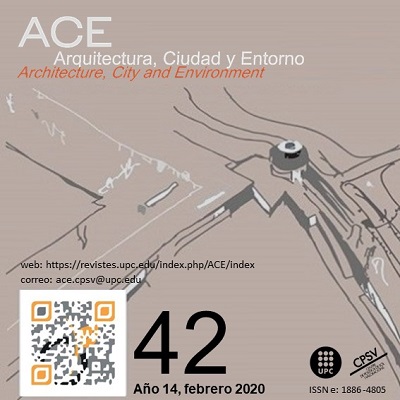How much and why are we willing to pay for energy-efficient homes? A stated preferences analysis in Barcelona
DOI:
https://doi.org/10.5821/ace.14.42.9215Keywords:
Contingent valuation, real estate valuation, energy efficiency, energy performance certificateAbstract
In the literature, the empirical evidence on the green premium for energy-efficient homes does not provide the reasons that produce such price increment. This paper, using stated preferences surveys, explores whether households in Barcelona are willing to pay (WTP) for an improvement in the ranking coming from Energy Performance Certificates (EPC) and the reasons explaining its variance. The results suggest that, in general, people are unaware of the EPC scheme, and tend to confound energy performance of homes with the overall architectonic quality. Such limitations reduce the WTP for efficient homes, while other perceptions such as comfort and an improved health condition associated with energy performance appear as positively correlated. Furthermore, the stratified analysis indicates the existence of divergent sensibilities associated with socioeconomic conditions. On the whole, it poses important challenges for the design of public policies aimed at fostering the diffusion of energy-efficient homes. The findings of this paper imply important challenges for the communication of the EPC policy in Spain, not only because society is not monolithic, having divergent motivations when bidding for efficient housing, but also because superficial information seems to be inefficient in creating awareness on the implication of the energy performance of buildings.
Published
Issue
Section
License
| INTELECTUAL PROTECTION CRITERIA |
At this moment, it is count with the "Oficina Española de Patentes y Marcas", while global protection it is being processed by the World Intelectual Property Organization (OMPI/WIPO). Nevertheless the International Standard Serial Number Office (ISSN) has given the following numbers ISSN: 1886-4805 (electronic version) and 1887-7052 (paper version). All articles will be peer reviewed, using double blind reviewing. |
| COPYRIGHT |
The article contents and their comments are authors exclusive liability, and do not reflect necessarily the journal editor commitee's opinion. All ACE published works are subject to the following licence CC BY-NC-ND 3.0 ES http://creativecommons.org/licenses/by-nc-nd/3.0/es/ It implies that authors do not hold nor retain the copyright without restrictions but only those included in the licence. |


































